How to Choose the Best Otoscope for Accurate Ear Health Diagnosis
Choosing the Best Otoscope for Accurate Ear Health Diagnosis is an essential task for healthcare professionals aiming to provide effective patient care. With ear diseases affecting millions globally, timely and accurate diagnosis relies heavily on the quality of diagnostic tools. According to a 2021 report by Grand View Research, the global otoscope market is projected to reach USD 809.5 million by 2028, driven by an increased prevalence of ear disorders and a growing emphasis on preventative care. Therefore, selecting the right otoscope can significantly enhance the diagnostic process, ensuring better outcomes for patients. Factors such as magnification power, illumination quality, and additional features like video functionality play crucial roles in determining the efficacy of ear examinations. In this guide, we will explore the critical aspects to consider when choosing the Best Otoscope, ensuring healthcare providers are equipped with tools that meet the demands of precise ear health diagnosis.
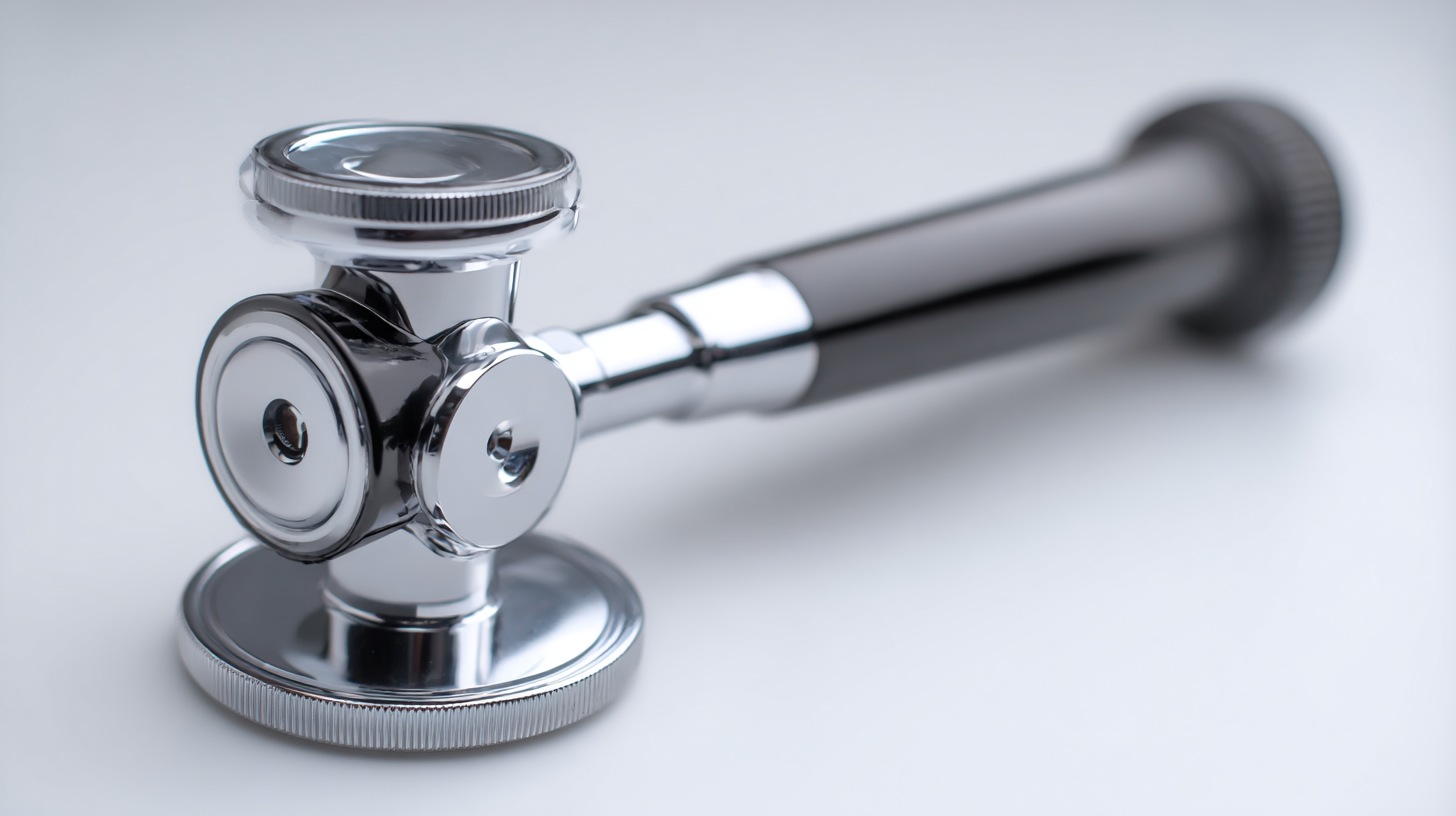
Understanding the Different Types of Otoscopes Available on the Market
When selecting the best otoscope for accurate ear health diagnosis, it's essential to understand the different types available on the market. The most common types include handheld otoscopes, video otoscopes, and pediatric otoscopes. Handheld otoscopes are user-friendly and typically used in clinics for straightforward examinations. Their compact size makes them portable, allowing healthcare professionals to perform quick check-ups with ease.
Video otoscopes, on the other hand, offer advanced technology that enables real-time visualization of the ear canal and tympanic membrane on a screen. This can significantly enhance diagnostic accuracy and is especially useful in educational settings, where students can observe procedures in detail. Pediatric otoscopes are specifically designed for young patients, often featuring smaller specula and softer materials to ensure comfort during examinations. Understanding these variations will help practitioners select the otoscope best suited for their needs and improve patient care outcomes.
Comparison of Different Types of Otoscopes
This bar chart illustrates the average prices of different types of otoscopes available on the market. Understanding the variations in pricing can assist in selecting the best otoscope for accurate ear health diagnosis.
Key Features to Look for When Selecting an Otoscope for Ear Health
When selecting an otoscope for ear health diagnosis, several key features should be prioritized to ensure accurate assessments. Firstly, magnification plays a crucial role; an otoscope with at least 3-5x magnification allows healthcare professionals to identify fine details within the ear canal. According to a report by the American Academy of Otolaryngology, high-quality visualization through magnification can significantly increase diagnostic accuracy, reducing the likelihood of misdiagnosis by up to 40%.
Another important feature is light source quality. LED lighting is preferable due to its brightness and longevity compared to traditional halogen bulbs. A study published in the Journal of Otology emphasizes that properly illuminated views of the tympanic membrane lead to earlier detection of conditions such as otitis media, directly impacting patient management and outcomes. Additionally, consider the build quality and design. Ergonomically designed otoscopes that allow for easy maneuvering enhance usability and comfort, which is essential during extended examination sessions. The Medline Report states that user-friendly devices can improve examination efficiency by up to 30%, leading to a better patient experience.
Evaluating the Ergonomics and Usability of Otoscopes for Practitioners
When selecting an otoscope, ergonomics and usability are crucial factors that can significantly impact the practitioner's diagnostic effectiveness and patient comfort. According to a report by the American Academy of Family Physicians, more than 60% of practitioners experience discomfort during examination due to poorly designed instruments. An ergonomic otoscope should feature a lightweight design that allows for easy handling and longer examination periods without fatigue. Look for models with adjustable angles and grips that can accommodate various hand sizes, ensuring a stable examination process.
Tips for evaluating otoscope ergonomics include testing the weight and balance of the device while holding it for an extended duration. Make sure the controls are easily accessible and intuitive to operate, reducing the need for practitioners to shift their grip. Additionally, consider an otoscope's illumination quality—LED lights tend to provide better visibility without causing glare, facilitating more accurate examinations.
Another important aspect is the usability of attachments and specula. A versatile otoscope that allows for quick switching of specula sizes can enhance workflow efficiency and improve patient comfort during the diagnosis. Research suggests that otoscopes with user-friendly interfaces and clear visual indicators significantly reduce the time spent on ear examinations, thereby increasing overall productivity in clinical settings.
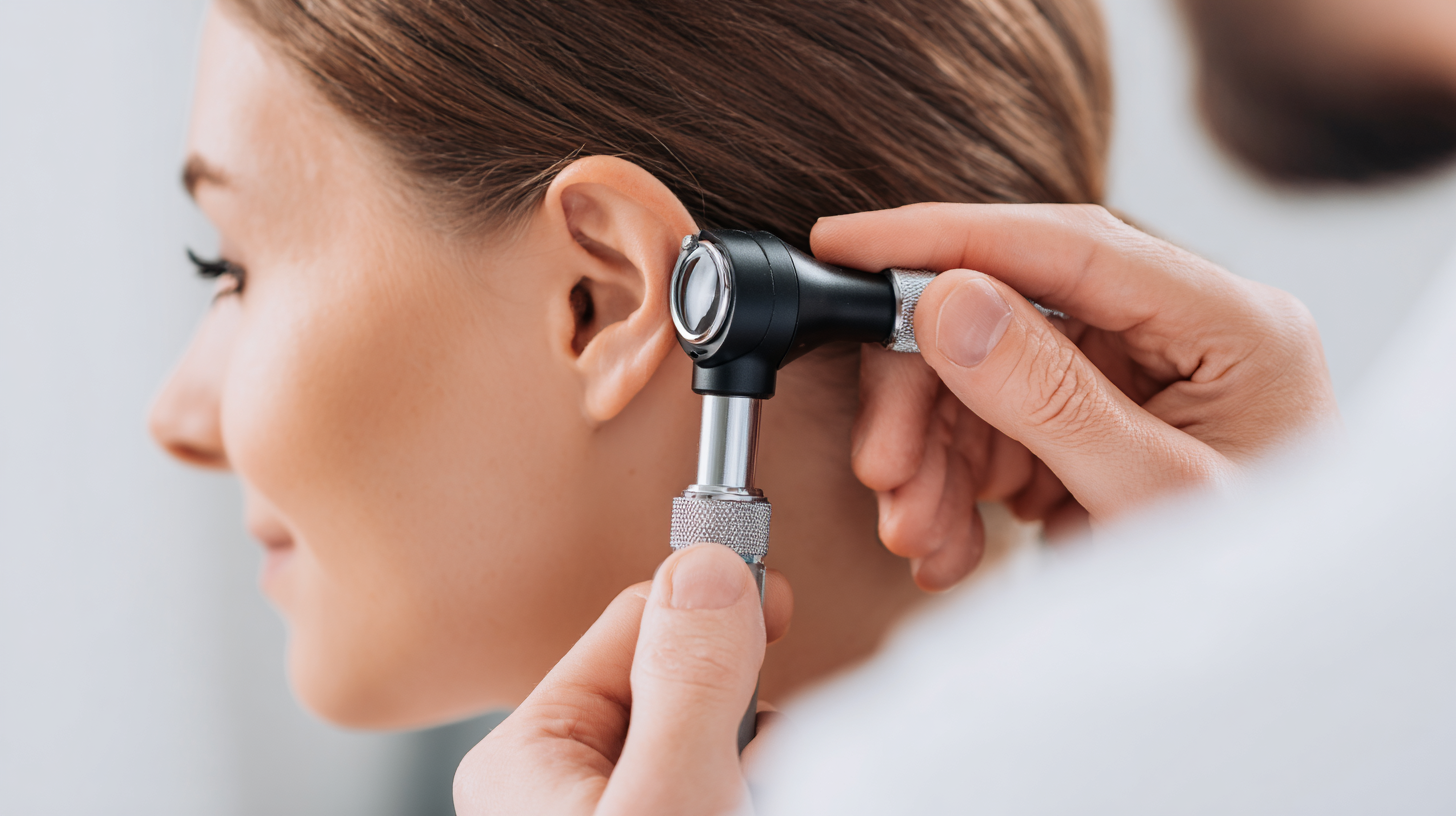
Comparing Price Ranges: Budget-Friendly vs. Professional Otoscopes
When selecting an otoscope, understanding the price range is crucial for both personal and professional use. Budget-friendly otoscopes typically range from $20 to $100, making them accessible for parents, medical students, and pet owners who seek to monitor ear health without breaking the bank. These models often provide basic functionality, enabling users to see the ear canal and tympanic membrane effectively for initial assessments. According to market research, over 50% of parents express a desire for affordable yet reliable ear examination tools, highlighting the demand for such products.
On the other hand, professional otoscopes can cost between $100 and $500, offering advanced features such as better optics, illumination, and the ability to capture images for documentation. These higher-end models are essential for healthcare professionals who require precision and durability in their practice. A recent survey indicated that over 70% of medical professionals believe that investing in a high-quality otoscope correlates directly with improved diagnostic accuracy. This suggests that while budget-friendly options are suitable for casual users, professionals may need to prioritize quality and functionality in their choice of otoscope to ensure optimal patient care.
Reading Reviews and Recommendations for the Best Otoscopes in 2023
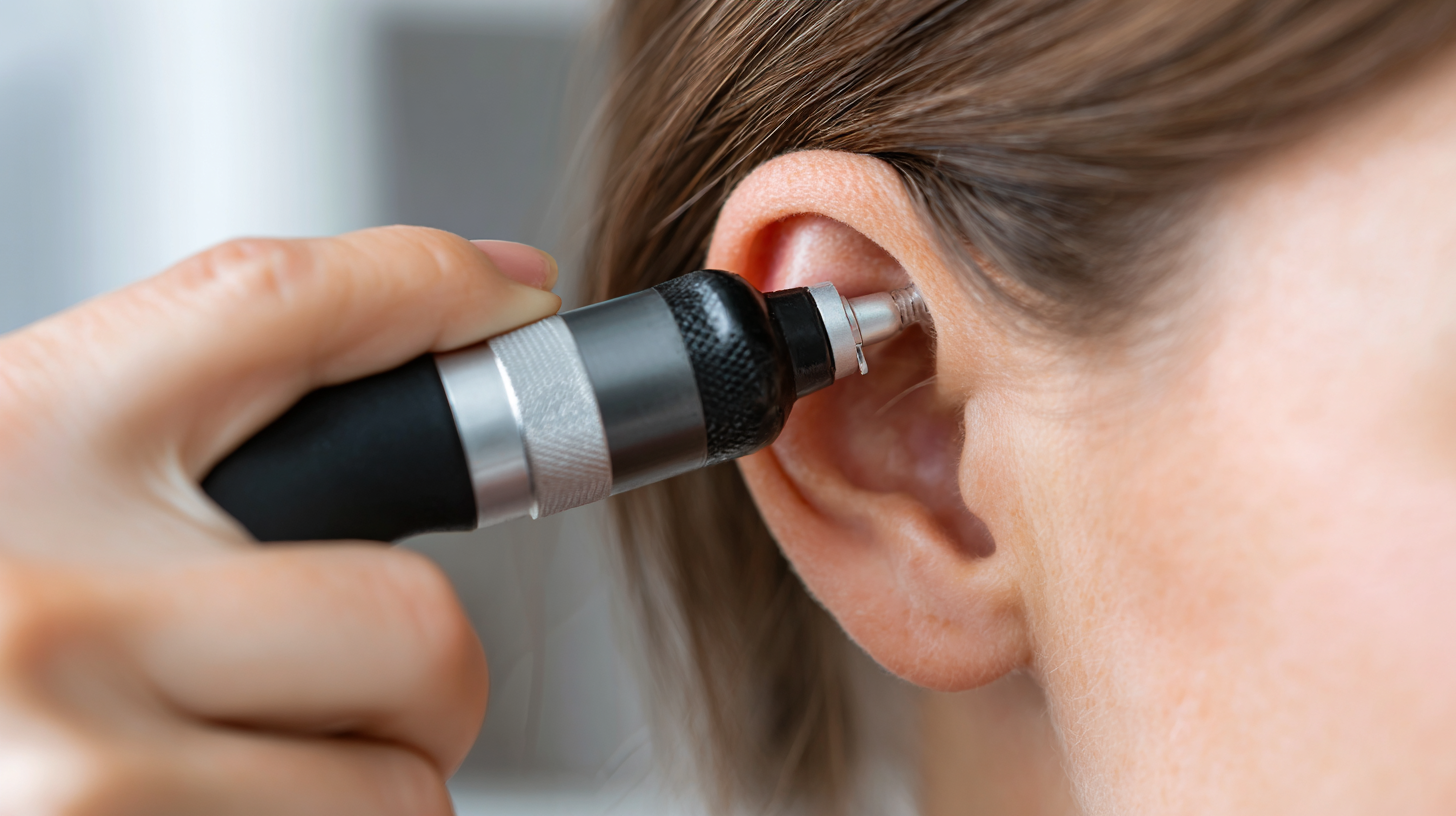 When it comes to choosing the best otoscope for accurate ear health diagnosis, the importance of reading reviews and recommendations cannot be overstated. In 2023, a high-quality otoscope can significantly improve diagnostic accuracy, especially in a clinical setting. According to a recent industry report by the American Academy of Otolaryngology, the efficiency of ear examinations drastically improves with advanced otoscopes featuring high-definition cameras and LED illumination. These tools allow healthcare professionals to visualize the ear canal with precision, leading to better patient outcomes and fewer misdiagnoses.
When it comes to choosing the best otoscope for accurate ear health diagnosis, the importance of reading reviews and recommendations cannot be overstated. In 2023, a high-quality otoscope can significantly improve diagnostic accuracy, especially in a clinical setting. According to a recent industry report by the American Academy of Otolaryngology, the efficiency of ear examinations drastically improves with advanced otoscopes featuring high-definition cameras and LED illumination. These tools allow healthcare professionals to visualize the ear canal with precision, leading to better patient outcomes and fewer misdiagnoses.
Tip: Look for otoscopes featuring a minimum resolution of 3.5 megapixels for clear images. Additionally, consider options with adjustable brightness settings to adapt to different lighting conditions during examinations.
Furthermore, user reviews highlight the importance of durability and ease of use in otoscopes. Many professionals recommend choosing models that come with a warranty, ensuring that you are covered against potential defects. A survey by the National Institute of Health in 2022 found that practitioners favored otoscopes that combine ergonomic design with reliable functionality, emphasizing the need for comfort during prolonged use.
Tip: Before purchasing, check if the otoscope includes a variety of specula sizes to accommodate patients of all ages, as this can enhance the effectiveness of the examination process.
Related Posts
-

7 Essential Tips for Choosing the Best Wifi Endoscope Camera
-
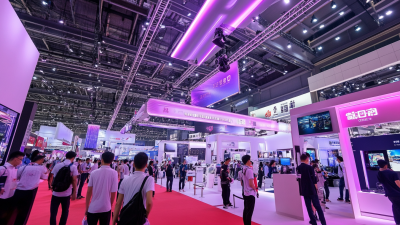
Top 10 Camera Endoscope Manufacturers from China at the 137th Canton Fair
-
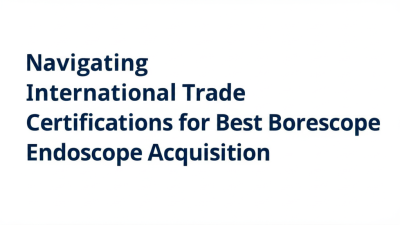
Navigating International Trade Certifications for Best Borescope Endoscope Acquisition
-
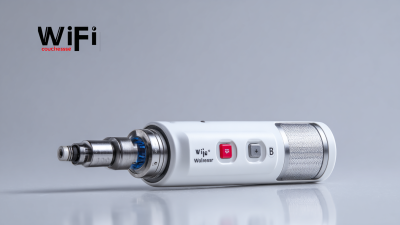
Exploring Top Choices in Wifi Otoscopes: A Guide for Global Buyers
-
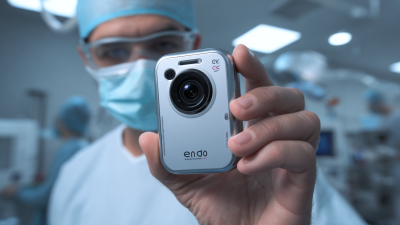
Mastering the Use of Best Endo Camera for Enhanced Diagnostic Accuracy in Modern Medical Practices
-
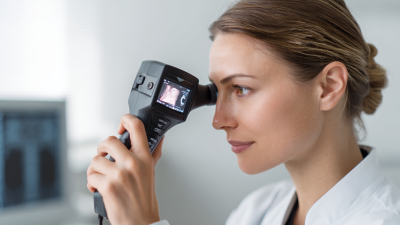
Unlocking Optimal Ear Health with the Best Digital Otoscope Insights and Expert Tips

